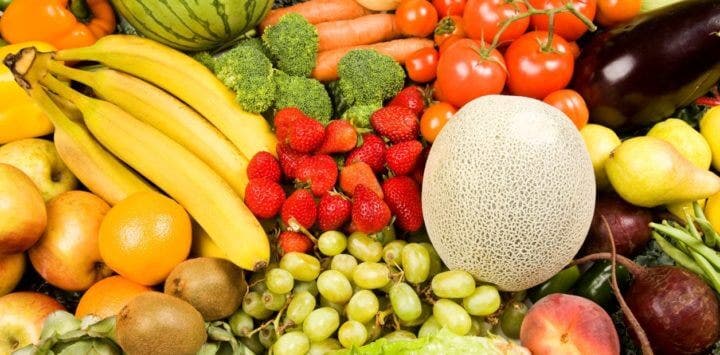The global food system is one of the most important causes of pollution on the planet: it is the largest emitter of greenhouse gases, the biggest driver of biodiversity loss and the main cause of the blooms of deadly algae throughout the world. coasts.
For this reason, the EAT-Lancet Commission has brought together 37 leading scientists from different disciplines, to address how to be able to eat in a healthy and sustainable way with the environment, which they have called the “ planetary health diet ” (Willet et al. , 2019). Find out what it is and how it could save our environment.

What is the planetary health diet?
The planetary health diet is a new proposal for a food model based on the health and sustainability of the planet , whose main objective is that by the year 2050, the nearly 10,000 million people that are expected to exist by then will be able to eat. leaving behind unhealthy practices for our society.
It is a plant-based way of eating that allows an average of 2,500 calories per day. The general guidelines call for doubling the global intake of fruits, vegetables, nuts, beans and other legumes, while cutting the current consumption of red meat and sugar in half. It is also recommended to limit the consumption of fish, eggs, refined grains and some starches.
For specific areas of the world, the guidelines are more clearly defined: Americans should eat 84% less red meat, but 6 times more beans and lentils, for example.

Benefits of the planetary diet
The benefits of the planetary health diet are raised in three dimensions:
- Providing more sustainable food for the planet while reducing the environmental impact of our collective food choices.
- A diet rich in plant-based foods and reducing animal protein is associated with better health and longevity.
- It is cheaper, since the price difference between buying a steak or beef, compared to a package of lentils or a few cans of beans is known.
On the other hand, diets rich in animal protein with high fat content have been associated with an increased risk of heart disease and certain types of cancer (such as colon cancer). In this sense, the reduction of animal proteins can improve your health and reduce the risk of diseases; you just have to make sure you meet your protein needs through plant sources.

How to start the planetary diet?
If dieting seems dramatic to you, start by making small and simple changes in the face of responsible consumption with the environment , such as stopping consuming meat one day a week, in which you replace it with proteins of plant origin, such as beans, lentils and walnuts. On the other hand, you can try progressively increasing the amounts of vegetable proteins in each dish.
In practical terms, each person should only do the following:
- 7 g of pork per day, 7 g of beef or lamb or 28 g of fish (a typical hamburger usually has about 125 grams of meat),
- an egg every week and a half.
- 250 g of dairy and butter.
- 31 grams of sugar a day.
Hence, to recover the rest of calories, we would have to increase the intake of vegetables, legumes and nuts.

Conclution
The way humanity produces and eats food must change radically in order to avoid catastrophic damage to the planet.
The key to saving our health and that of the planet is a drastic change in the global diet: doubling the global intake of fruits, vegetables, nuts, beans and other legumes and halving the current consumption of red meat and sugar.

Reference
- Willet, W., Rockström, J., Loken, B., Springmann, M., Lang, T., Vermeulen, S., Garnett, T… and Murray, CJL (2019). Food in the Anthropocene: the EAT – Lancet Commission on healthy diets from sustainable food systems. The Lancet . doi: 10.1016 / S0140-6736 (18) 31788-4
